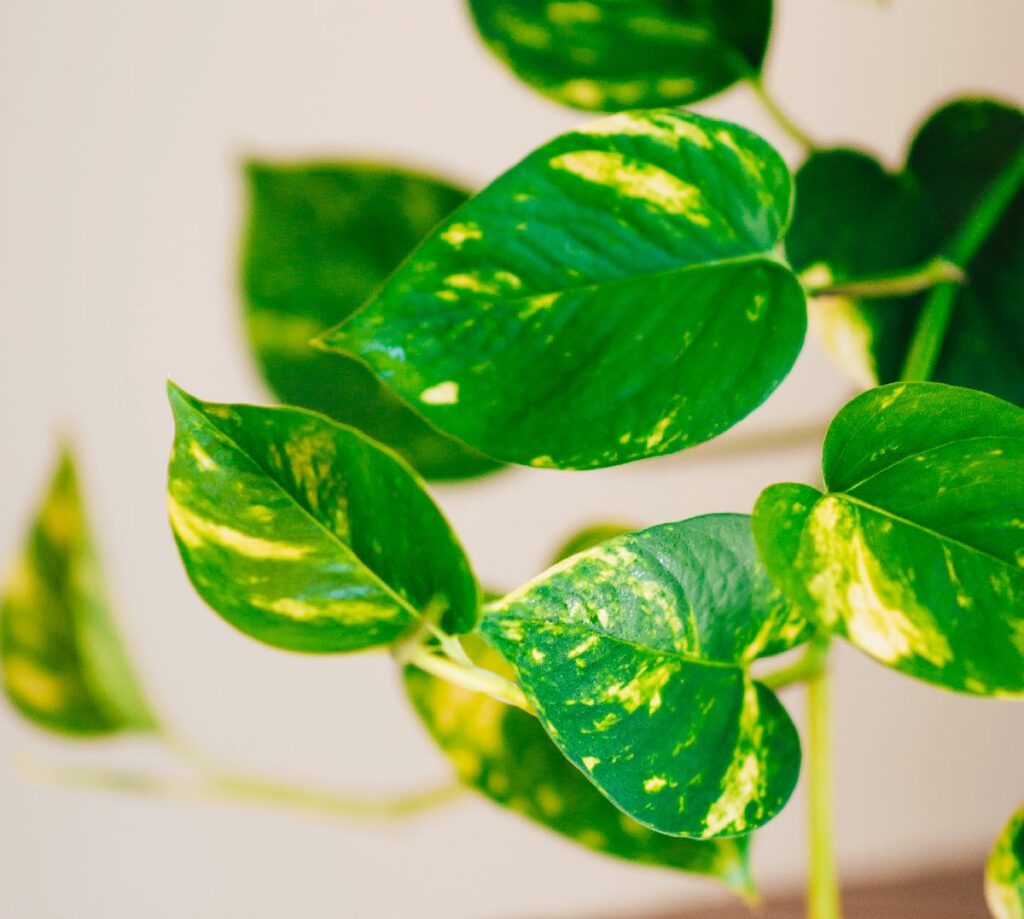Houseplants are a fantastic way to infuse your home with a natural touch. They not only enhance the visual appeal of your space but also offer a plethora of health benefits, including air purification and stress reduction. However, with a vast array of houseplants to choose from, selecting the perfect one for your indoor environment can be a daunting task. But fret not, as we have got you covered! In this article, we’ll dive into some of the most exceptional common houseplants that are not only easy to care for but also thrive in a variety of indoor settings. Whether you are a seasoned plant enthusiast or a novice, there is a houseplant that will suit your needs.
Benefits of Having Houseplants
Houseplants are a fantastic addition to any home, not only for their aesthetic appeal but also for the myriad of benefits they offer. These benefits range from air purification to stress reduction, improved mood, increased productivity, and even specific health benefits. Let’s delve deeper into these benefits and explore why houseplants are a must-have in your home.
First, houseplants are natural air purifiers, absorbing carbon dioxide and releasing oxygen, which helps to improve the air quality in your home. Some plants, such as the snake plant and spider plant, are particularly effective at removing toxins like formaldehyde and benzene from the air. This means that not only do houseplants add a touch of greenery to your space, but they also help to keep the air you breathe clean and healthy.
Second, studies have shown that being around plants can help to reduce stress levels. The act of caring for a plant can be calming and therapeutic, and the presence of greenery can create a sense of tranquility in your home. This is particularly important in today’s fast-paced world, where stress levels are often high.
Third, houseplants can have a positive impact on your mood. The color green is associated with feelings of calm and relaxation, and having plants around can help to create a more peaceful and serene environment. This can be especially beneficial for those who suffer from anxiety or depression.
Fourth, research has shown that having plants in the workplace can increase productivity and creativity. This is because plants help to reduce stress and create a more pleasant working environment. So, if you’re looking to boost your productivity at work, consider adding a plant or two to your desk.
Finally, some houseplants have specific health benefits. For example, aloe vera can be used to soothe burns and cuts, while lavender can help to promote relaxation and improve sleep. This means that houseplants not only look great but can also help to keep you healthy.
Houseplants offer a range of benefits that can improve your overall well-being. Whether you’re looking to improve your air quality, reduce stress, or simply add some greenery to your space, there’s a houseplant out there that’s perfect for you. So, why not add a touch of nature to your home today?
Factors to Consider When Choosing Houseplants
When it comes to selecting houseplants, there are a variety of factors to consider. These factors can help you determine which plants will thrive in your home and which ones may not be the best fit.
First and foremost, lighting is a crucial factor to consider when selecting houseplants. Different plants require varying levels of light, so it’s imperative to choose plants that will thrive in the lighting conditions of your home. For instance, if you have a room with low light, you may want to opt for plants that can tolerate shade, such as snake plants or pothos.
Another vital factor to consider is watering. Some plants require more water than others, and overwatering or underwatering can be detrimental to their health. It’s essential to choose plants that match your watering habits and the conditions of your home. For example, if you tend to forget to water your plants, you may want to choose plants that are more drought-tolerant, such as succulents or cacti.
The amount of space you have in your home can also be a significant factor in choosing houseplants. Some plants can grow quite large, while others are more compact. It’s crucial to select plants that will fit well in the space you have available and won’t overcrowd other plants or furniture.
Maintenance is another factor to consider, as different plants require varying levels of upkeep. Some plants are low-maintenance and require little attention, while others require more frequent care, such as pruning or fertilizing. It’s important to choose plants that match your level of commitment and the amount of time you have available to care for them.
Last, if you have pets or young children in your home, it’s crucial to choose plants that are safe for them. Some plants can be toxic if ingested, so it’s vital to do your research and select plants that are safe for your family members.
By taking these factors into account when selecting houseplants, you can ensure that you choose plants that will thrive in your home and bring beauty and joy to your space.
Top 10 Best Common Houseplants and Their Characteristics
Houseplants are a fantastic way to add some much-needed greenery and vitality to your living space. Not only do they look stunning, but they also offer a plethora of health benefits. However, with so many options available, it can be a daunting task to select the perfect one. To alleviate your concerns, we have compiled a list of the top 10 common houseplants and their unique characteristics.
Snake Plants (Sansevieria)
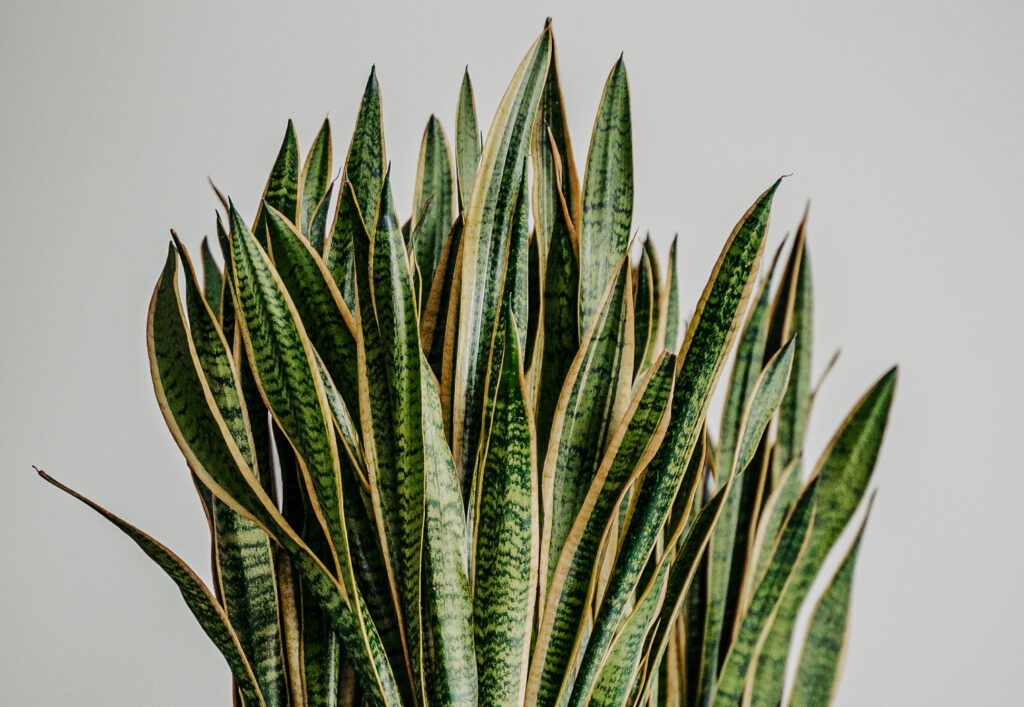
First on our list is the Snake Plant, also known as Mother-in-law’s tongue. This plant is a breeze to care for and can survive in low light conditions. Its long, upright leaves are green with yellow edges, making it a striking addition to any room.
Spider Plant
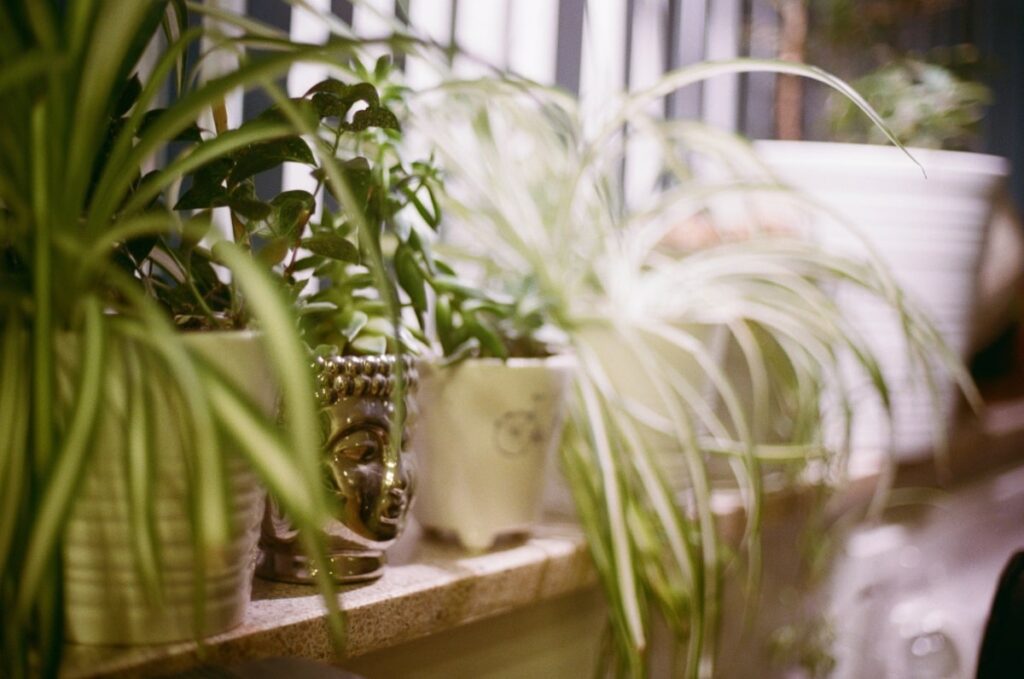
Next up is the Spider Plant, which boasts long, thin leaves that resemble spider legs. It is a low-maintenance plant that can thrive in a variety of lighting conditions, making it an excellent choice for beginners. These incredibly forgiving plants are also known for their unique abilities to filter the air, removing harmful chemicals, helping us all breathe easier!
Pothos
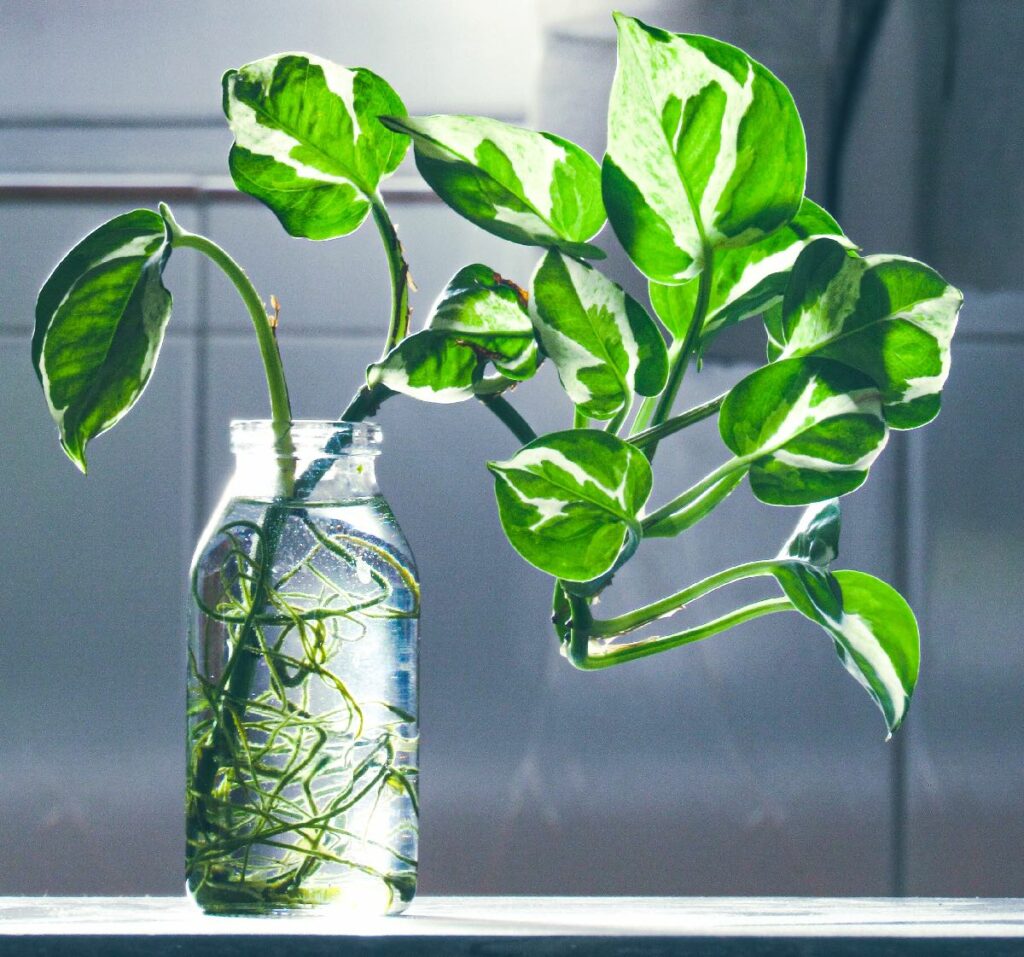
The Golden Pothos plant is another popular option, with heart-shaped leaves that come in a variety of colors, including green, yellow, and white. It is easy to care for and can grow in low to bright light, making it a versatile choice for any home. Pothos is also very easy to propagate into new plants to quickly grow your collection or gift to friends.
Peace Lilies
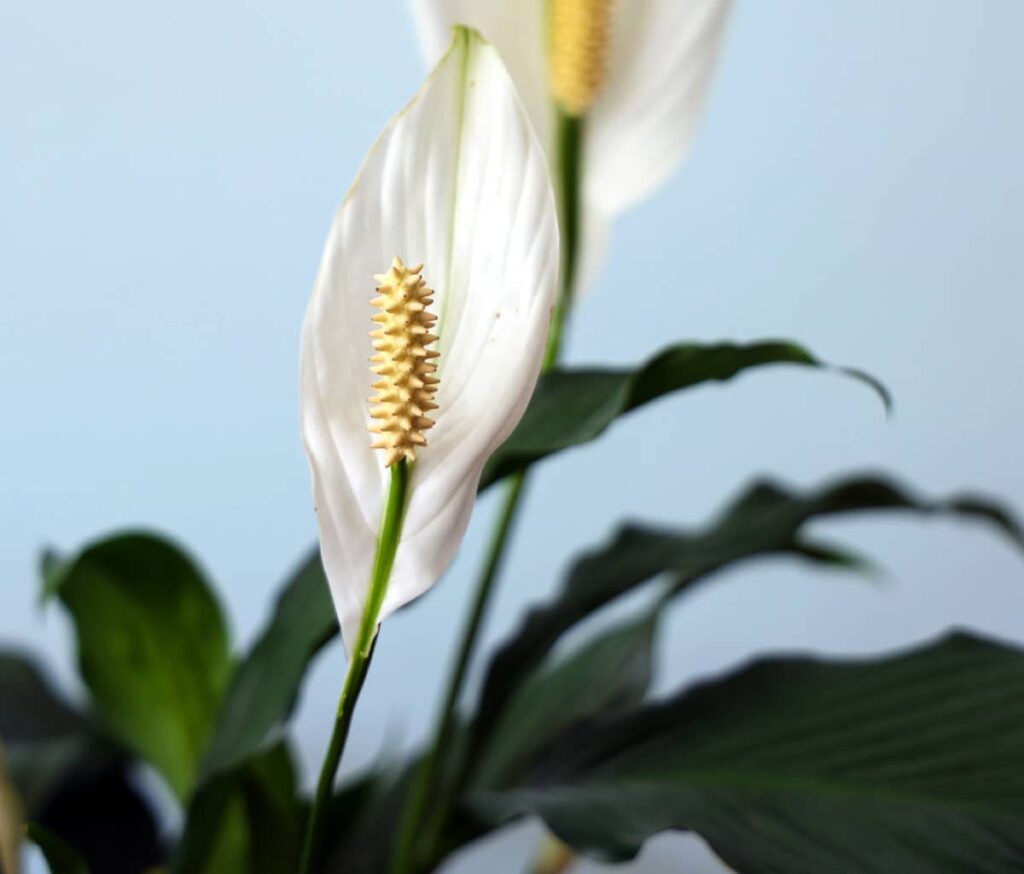
The Peace Lily is a stunning plant with dark green leaves and beautiful white flowers. It prefers low to medium light and requires regular watering to thrive.
Rubber Plant

The Rubber Plant is a showstopper, with large, glossy leaves that can grow up to 8 inches long. It prefers bright, indirect light and needs to be watered when the top inch of soil is dry.
ZZ Plant
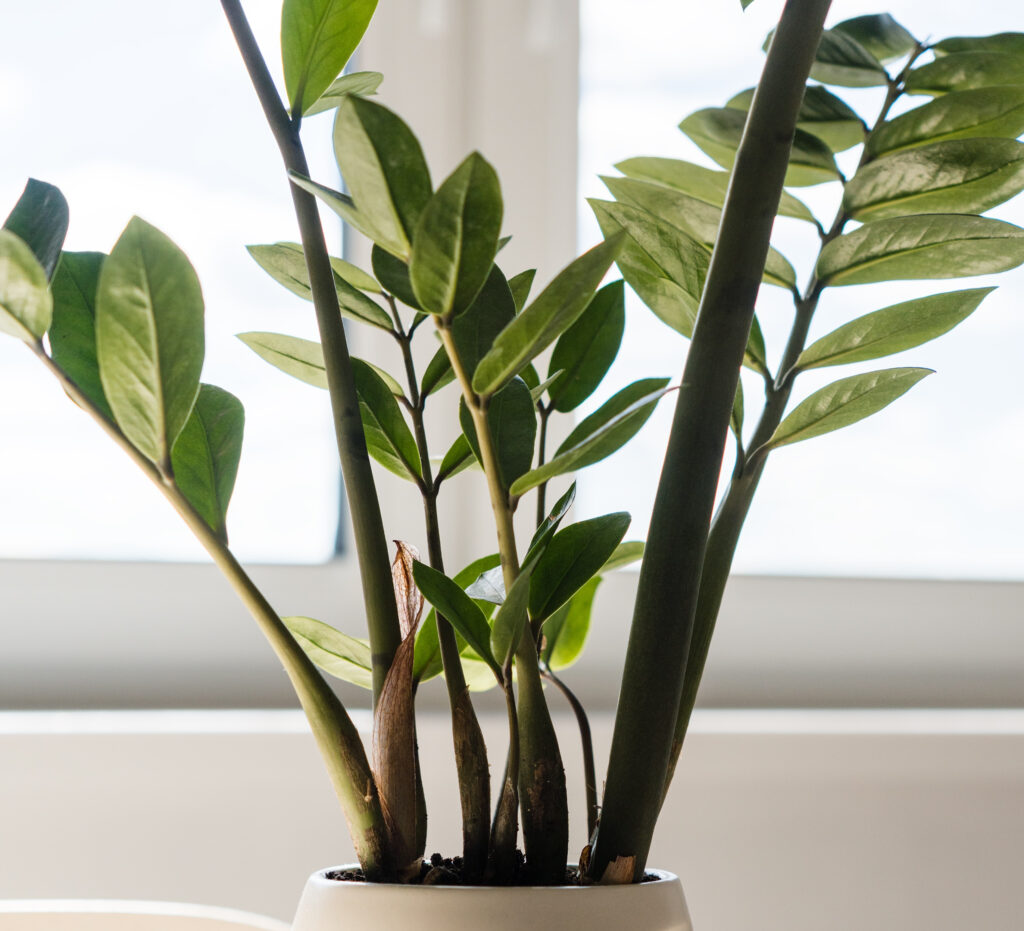
The ZZ Plant is a hardy plant with thick, waxy leaves that can grow up to 3 feet tall. It can survive in low light conditions, making it an excellent choice for those with less natural light in their homes.
Chinese Evergreen
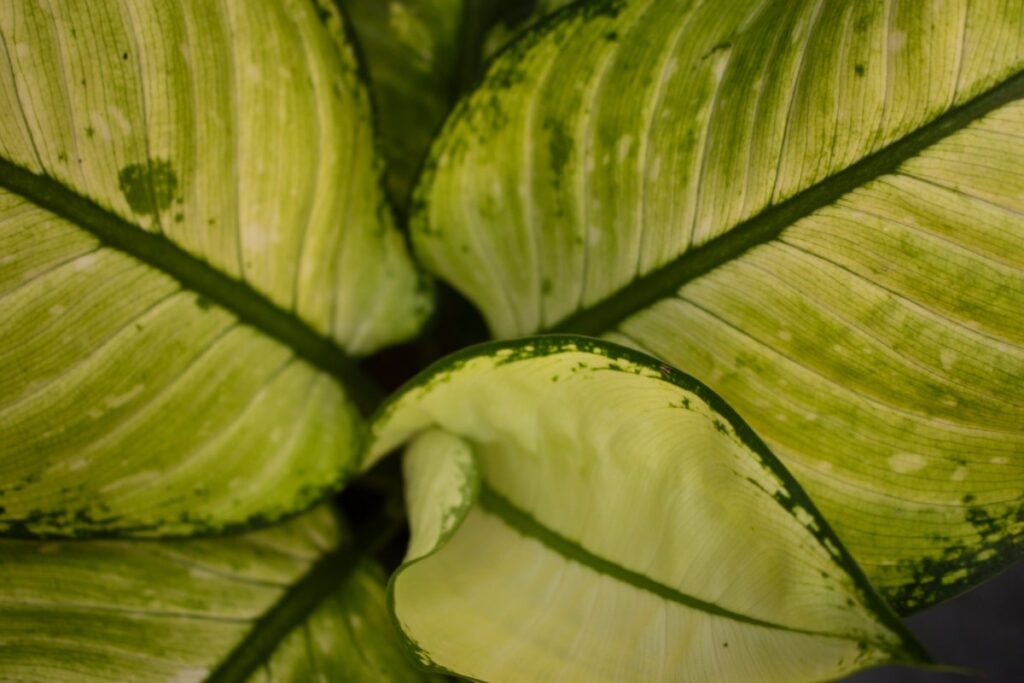
The Chinese Evergreen is a striking plant with variegated leaves that come in a variety of colors, including green, silver, and red. It prefers low to medium light and requires regular watering to thrive.
Boston Fern Fluffy Ruffles
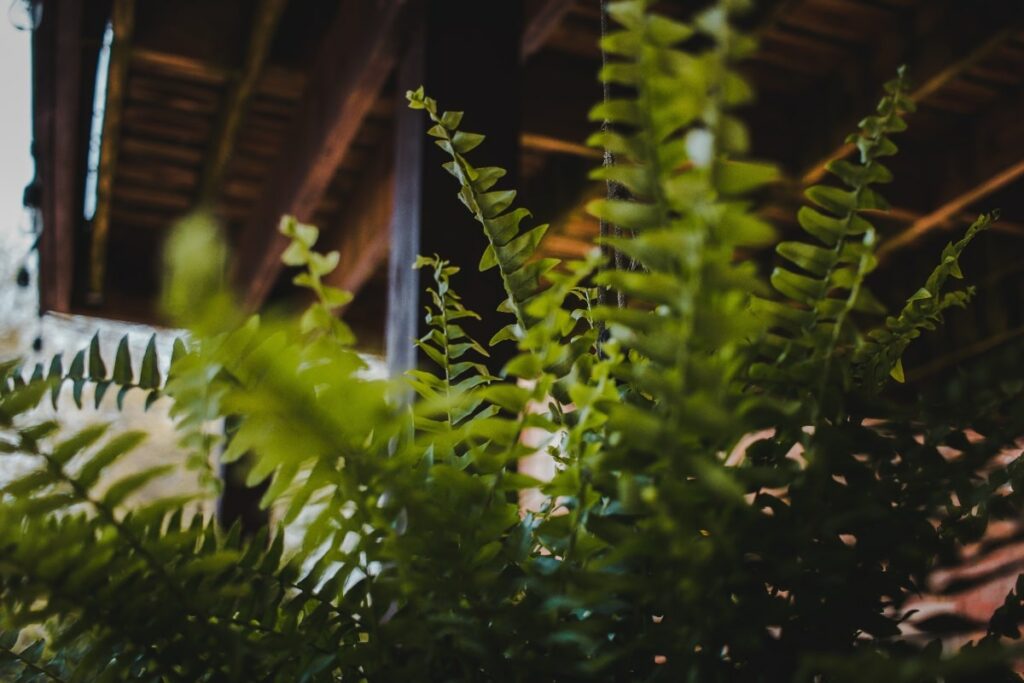
More than just a fun name, the Boston Fern Fluffy Ruffles is a beautiful plant with long, feathery fronds that can grow up to 3 feet long. It prefers bright, indirect light and requires regular watering to stay healthy.
Aloe Vera
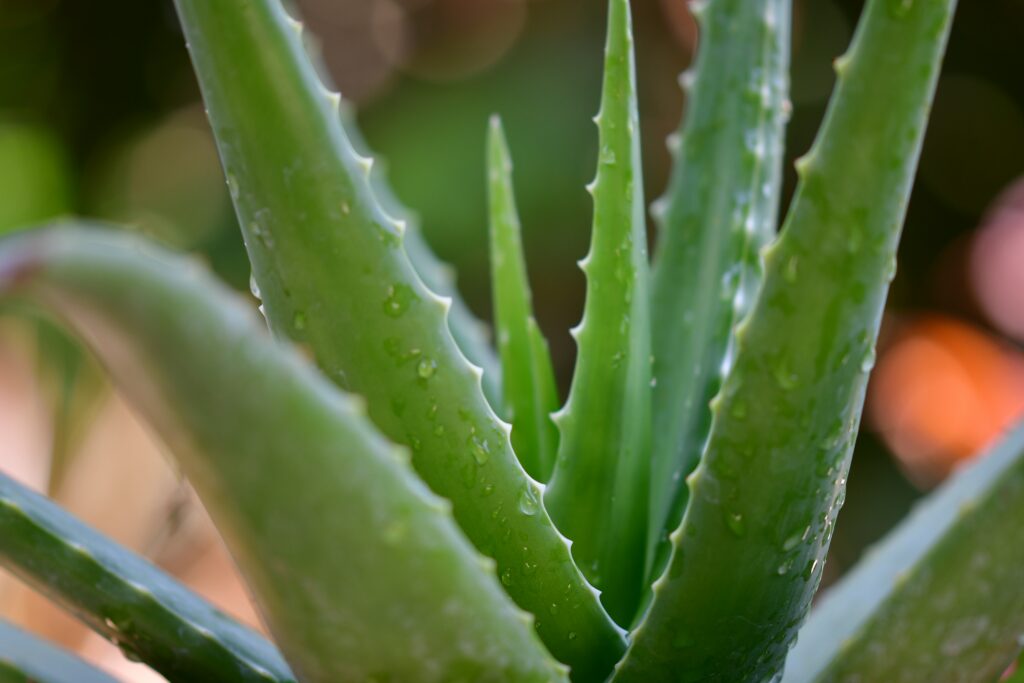
The Aloe Vera plant is a versatile plant with thick, fleshy leaves that can be used for medicinal purposes. It prefers bright, indirect light and needs to be watered when the top inch of soil is dry.
Philodendron
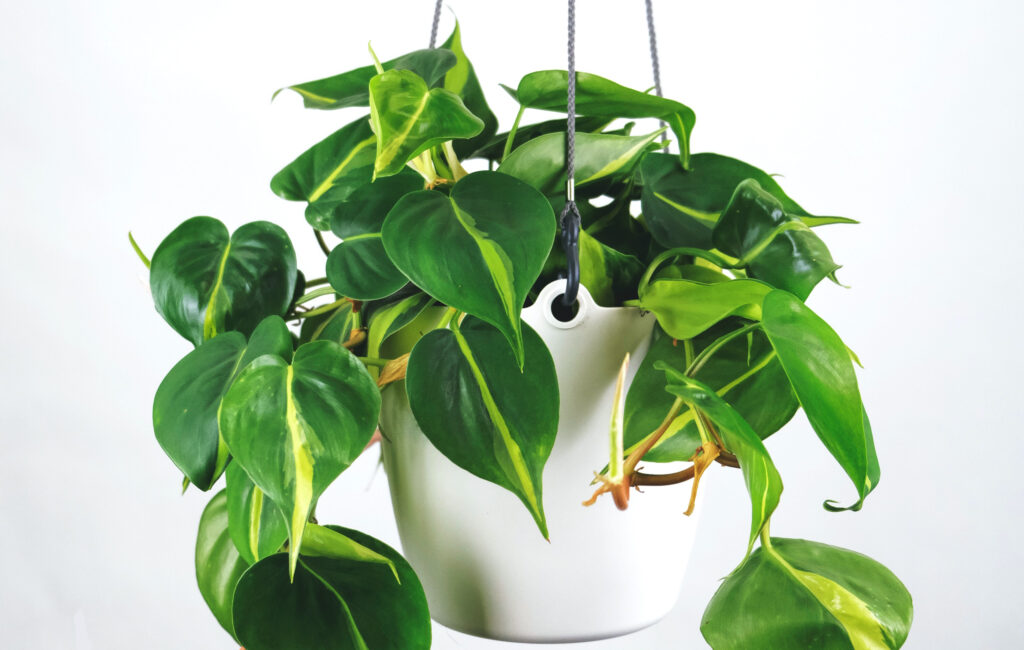
Last but not least, the Philodendron is a stunning plant with heart-shaped leaves that come in a variety of colors, including green and red. It prefers bright, indirect light and needs to be watered when the top inch of soil is dry. The plant featured above is the Philodendron Brasil, that sports stunning leaf variegation while also being very easy to care for and propagate.
These are the top 10 common houseplants and their unique characteristics. Choose the one that best suits your needs and preferences and enjoy the benefits of having a beautiful and healthy plant in your home.
How to Care for Common Houseplants
Caring for common houseplants is a task that requires a certain level of expertise. To ensure their longevity and health, you need to be aware of some essential tips. But beware, overwatering or underwatering can be detrimental to the plant’s health. Most houseplants prefer to be watered when the top inch of soil is dry. However, some plants like succulents and cacti prefer to dry out completely between watering. So, it’s essential to keep an eye on your plants and their watering needs.
Light
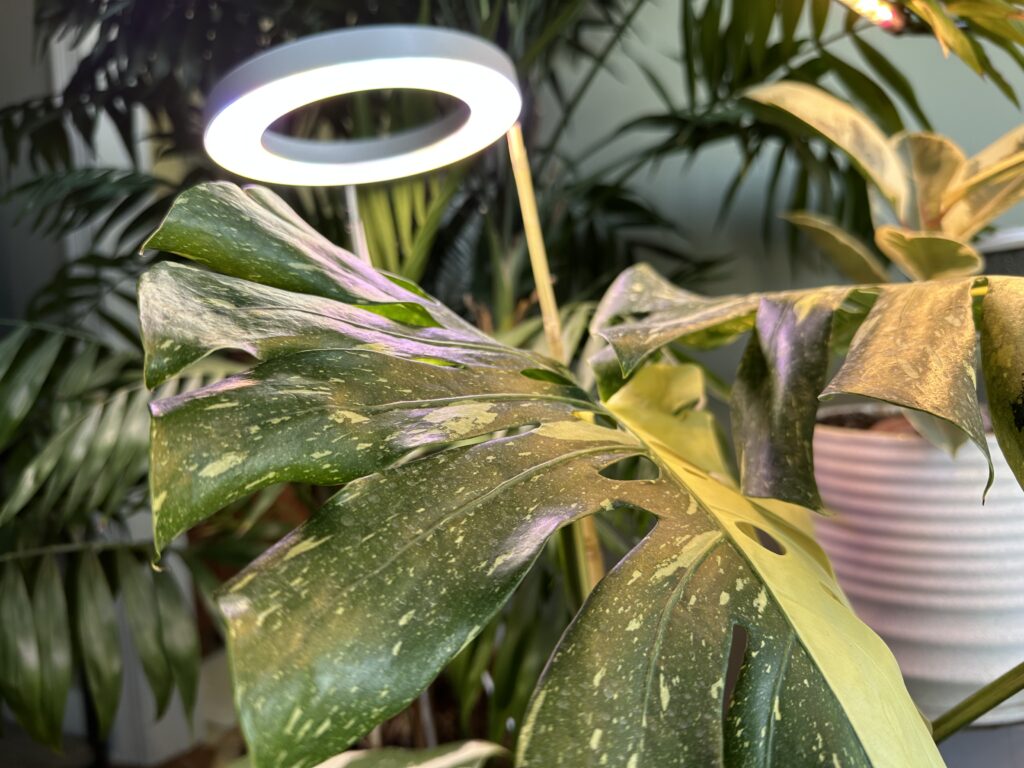
Different houseplants have different light requirements. Some plants like bright, indirect light, while others prefer low light. It’s essential to place your plants in the right spot to ensure they get the right amount of light. But don’t forget that light can change throughout the day and seasons, so you need to be aware of these variations.
Humidity
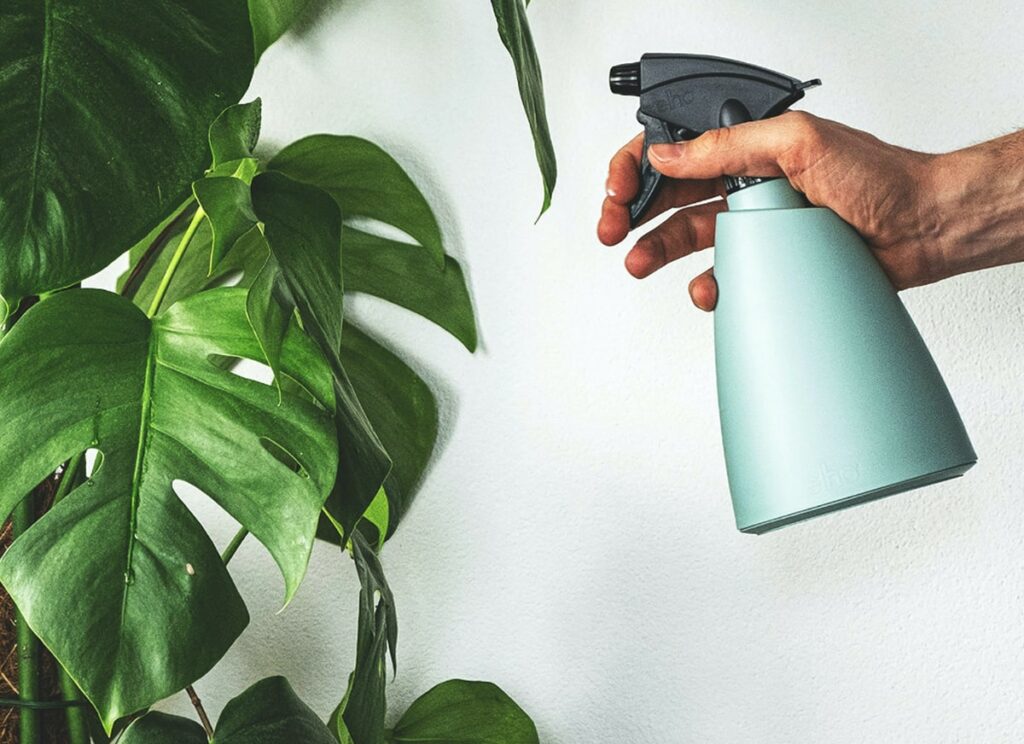
Most houseplants prefer a humid environment. But how can you increase humidity? You can place a tray of water near the plant or mist the leaves regularly. However, you need to be careful not to overdo it, as too much humidity can lead to mold and other issues.
Fertilizer
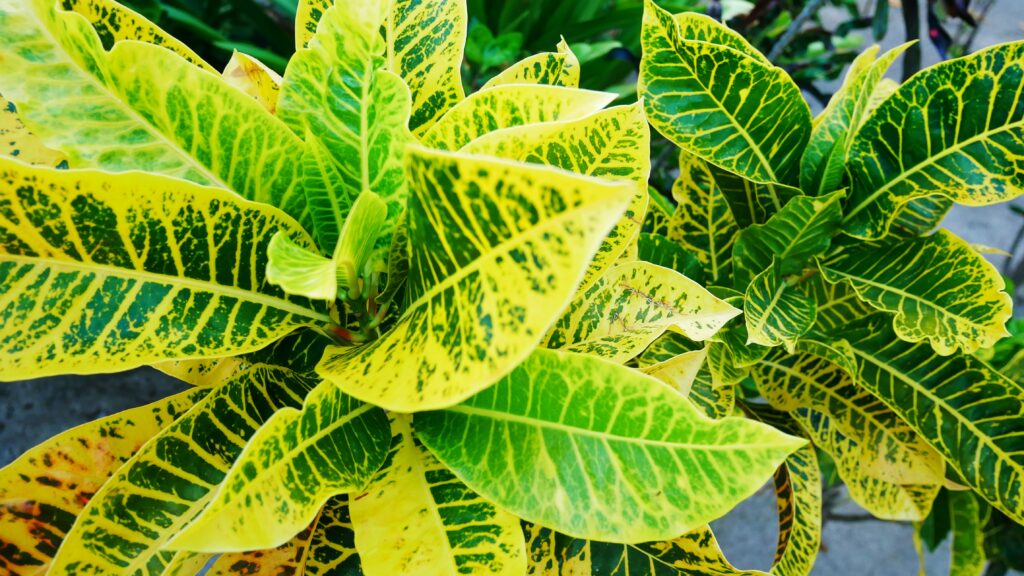
Houseplants need nutrients to grow and thrive. But how often should you fertilize them? You can fertilize your plants once a month during the growing season with a balanced fertilizer. However, you need to be aware of the type of fertilizer you use and its concentration, as too much can harm your plants.
Pruning

Regular pruning can help keep your houseplants healthy and looking their best. But what should you prune? Remove any dead or yellowing leaves and trim back any leggy growth. However, you need to be careful not to over-prune, as this can harm your plants.
Repotting
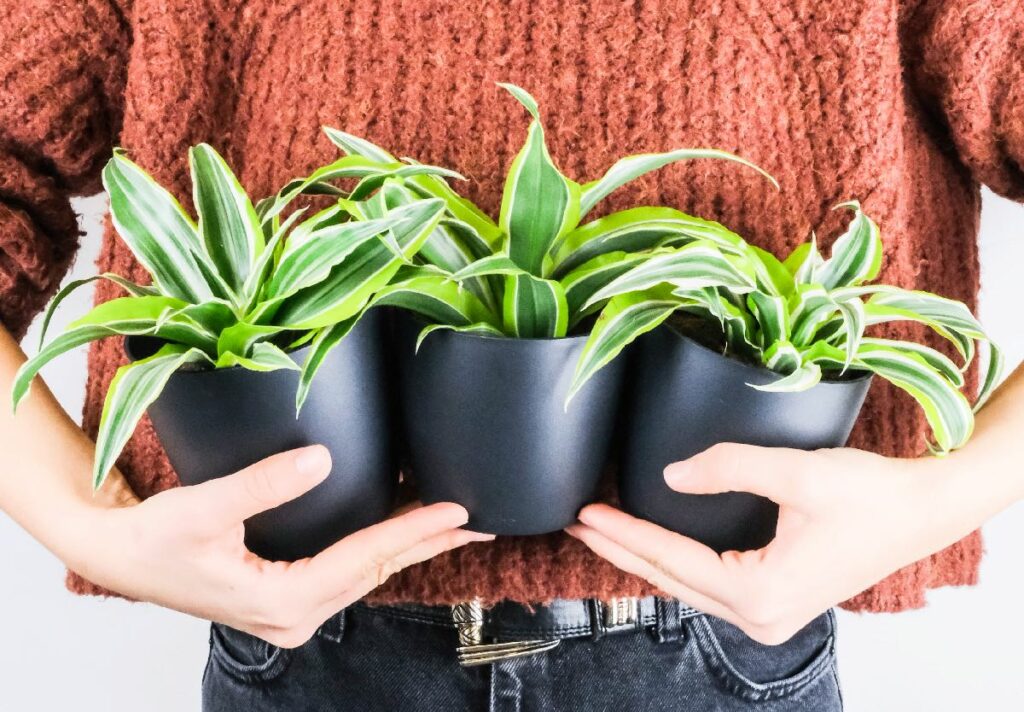
As your houseplants grow, they may outgrow their pots. But when should you repot them? Repotting your plants into a larger pot with fresh soil can help them continue to grow and thrive. However, you need to be aware of the type of soil you use and the size of the pot, as too much soil or too small a pot can harm your plants.
By following these tips, you can ensure your common houseplants stay healthy and beautiful for years to come. But remember, houseplant care is not an exact science, and you need to be aware of the variations and complexities of each plant.
Troubleshooting the Best Common Houseplant Problems
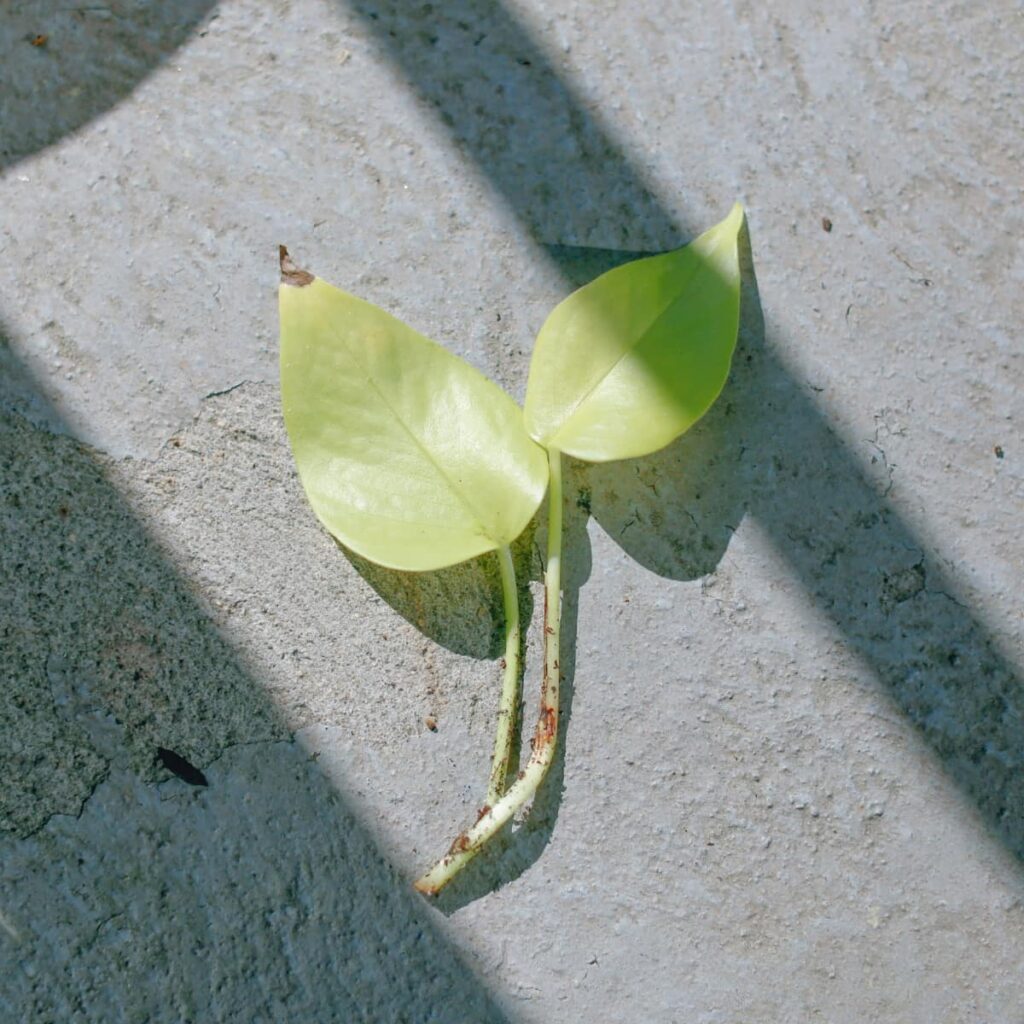
Houseplants are a fantastic addition to any home, but they can sometimes encounter problems that can be frustrating for their owners. These issues can range from overwatering to nutrient deficiencies, and it’s important to know how to troubleshoot them. Let’s take a closer look at some of the most common houseplant problems and how to solve them.
Overwatering
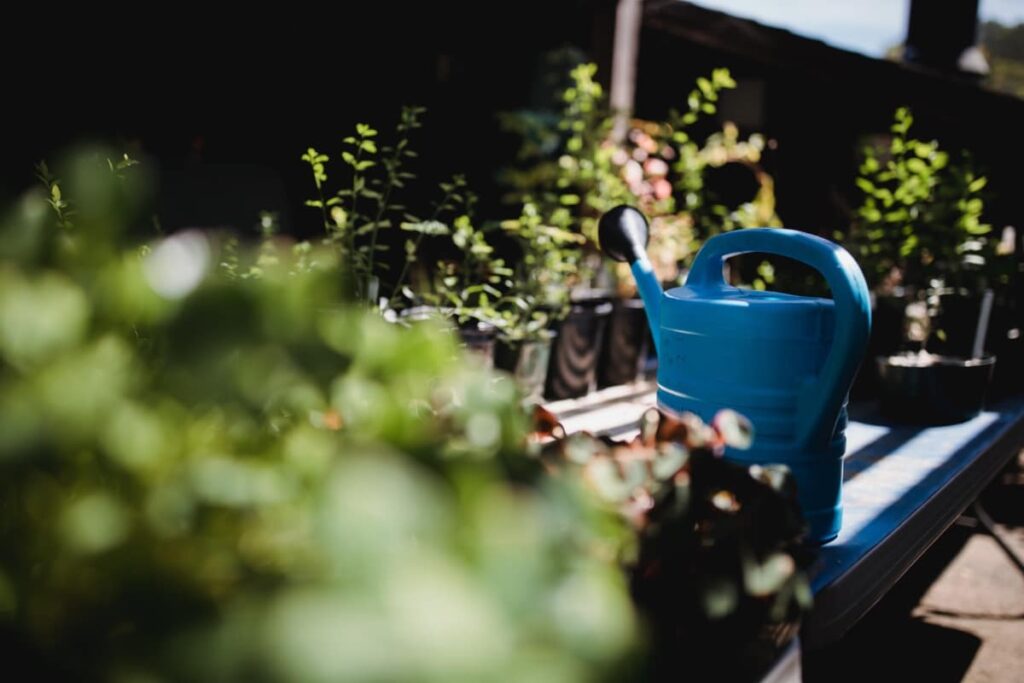
First up, overwatering. This is one of the most common problems with houseplants and can lead to root rot, which can be fatal for the plant. To avoid overwatering, it’s essential to let the soil dry out between waterings. Additionally, make sure the pot has proper drainage to allow excess water to escape. This will help prevent water from accumulating in the soil and causing damage to the plant.
Underwatering
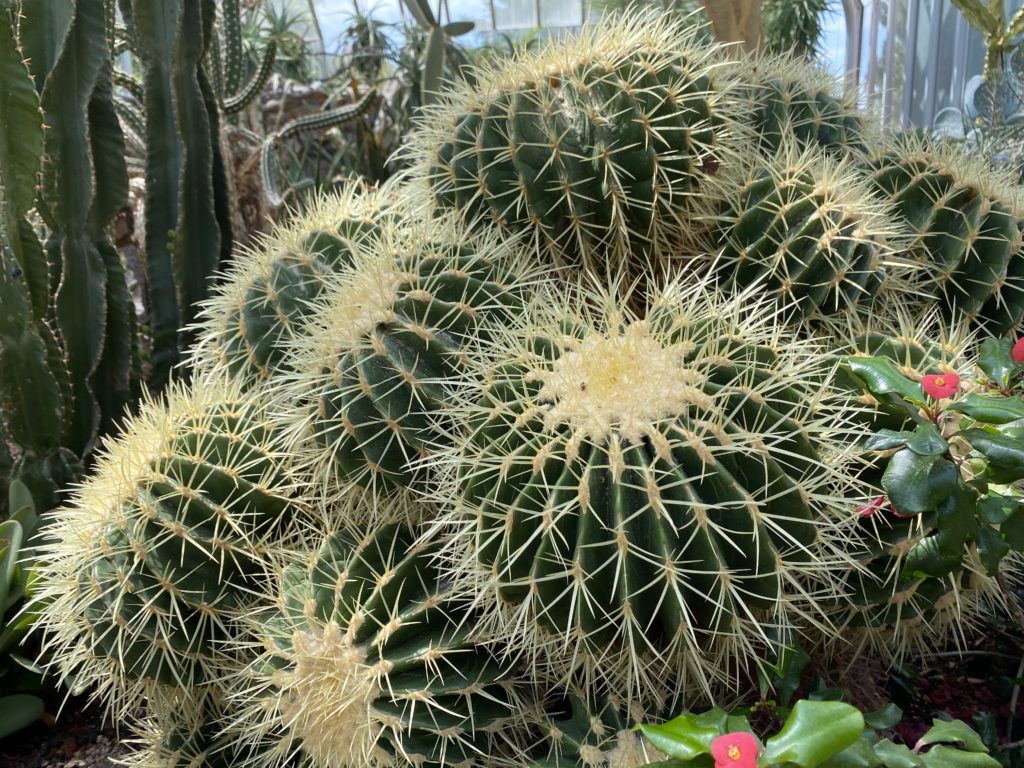
On the other hand, underwatering can also be a problem. If the soil is too dry, the plant can wilt and eventually die. To avoid this, make sure to water the plant regularly and check the soil moisture level frequently. This will help ensure that the plant is getting the right amount of water and will prevent it from drying out.
Plant Pests

Pests are another common issue that houseplants can encounter. Spider mites, mealybugs, and scale insects are just a few of the pests that can infest your plants. To prevent pests, it’s important to keep the plant clean and free of debris. If you do notice pests, try using a natural insecticide or wiping the leaves with a damp cloth. This will help keep your plants healthy and pest-free.
Lighting

Some houseplants require a lot of light to thrive, while others prefer low light conditions. If your plant is not getting enough light, it may become leggy or stop growing altogether. To solve this problem, move the plant to a brighter location or consider using a grow light. This will help ensure that your plant is getting the right amount of light and will help it grow and thrive.
Nutrients and Soil
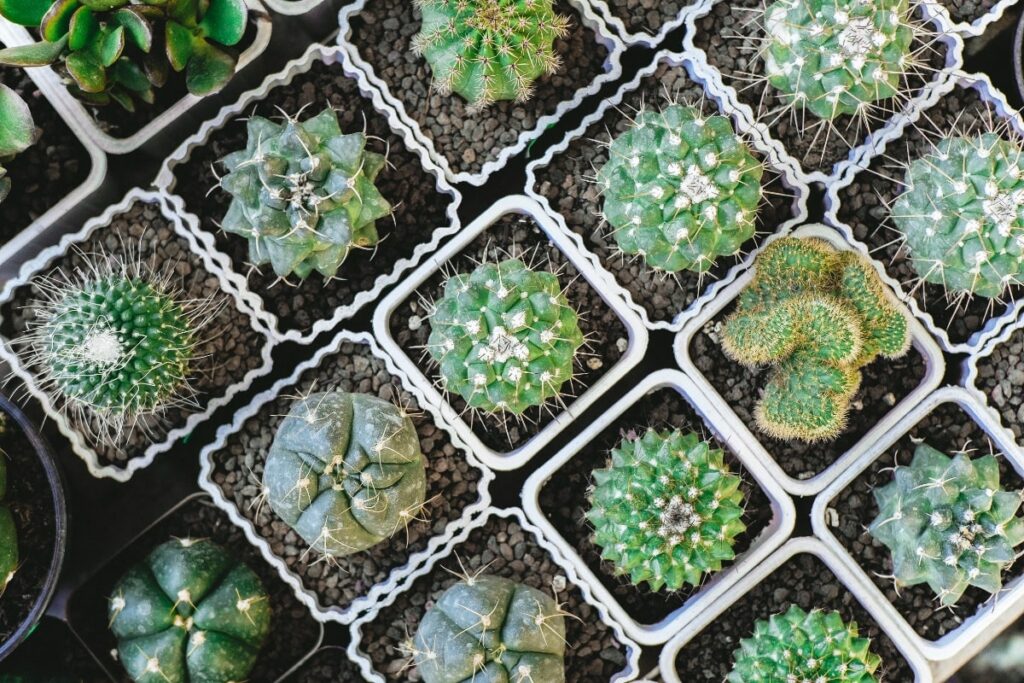
Finally, nutrient deficiencies can also be a problem for houseplants. If your plant is not getting enough nutrients, it may have yellowing leaves or stunted growth. To solve this problem, consider fertilizing the plant with a balanced fertilizer. This will help ensure that your plant is getting the nutrients it needs to grow and thrive.
By troubleshooting these common houseplant problems, you can help your plants thrive and enjoy their beauty for years to come. So, keep these tips in mind and enjoy your beautiful, healthy houseplants!
Conclusion and Final Thoughts on The Best Common Houseplants
In the grand scheme of things, it’s safe to say that common houseplants are a fantastic addition to any living space. Not only do they add a touch of visual appeal, but they also offer a plethora of health benefits that are simply too good to pass up. From air purification to stress reduction, these plants are a must-have for anyone looking to improve their indoor environment.
Of course, when it comes to selecting the perfect houseplant, there are a few key factors to keep in mind. Lighting, watering needs, and space availability are all important considerations that can make or break the success of your plant. Luckily, there are a number of common houseplants that are well-suited to a variety of living situations. The snake plant, spider plant, pothos, and peace lily are all excellent options that are sure to thrive in your home.
But selecting the right plant is only half the battle. Proper care is also essential if you want your houseplants to flourish. This means providing them with the right amount of water, sunlight, and nutrients to keep them healthy and happy. With a little bit of effort, your houseplants can thrive and bring a sense of vitality to your home for years to come.
All things considered, investing in common houseplants is a smart move for anyone looking to improve their indoor environment and overall well-being. So why not take the plunge and bring a little bit of greenery into your home today? Your mind, body, and soul will thank you for it.
Frequently Asked Questions: The Best Common Houseplants
What are the best common houseplants?
There are many great common houseplants to choose from, but some of the best include:
What are some low-maintenance houseplants?
Some low-maintenance houseplants include snake plants, pothos, ZZ plants, and spider plants. These plants require minimal watering and can thrive in a variety of lighting conditions.
What are some houseplants that are safe for pets?
Some houseplants that are safe for pets include spider plants, Boston ferns, African violets, and bamboo palms. However, it’s important to note that even pet-safe plants can cause mild digestive upset if ingested in large quantities.
What are some houseplants that can improve air quality?
Some houseplants that can improve air quality include peace lilies, snake plants, spider plants, and rubber plants. These plants can help remove toxins from the air and increase oxygen levels.
What are some houseplants that are good for beginners?
Some houseplants that are good for beginners include pothos, snake plants, spider plants, and ZZ plants. These plants are easy to care for and can tolerate a range of lighting and watering conditions.

